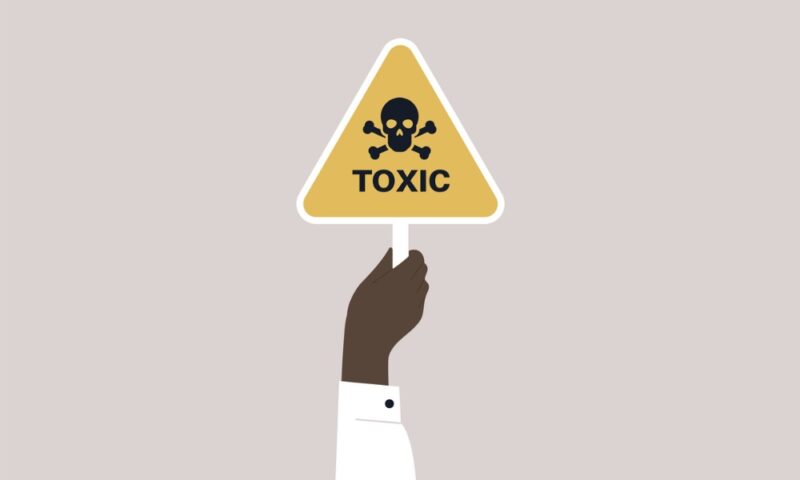
How to Repair a Toxic Board
A new report on boards suggests their culture needs a rethink. Key to that is assessing where disagreements are and creating opportunities to debate.
Association boards are paradoxical creatures. They exist to create a consensus around an organization’s priorities, but they are also meant to foster robust debate around challenging issues. Drift too far toward consensus, and you risk a rubber-stamp board. Drift in the other direction, and you risk open conflict. So it’s unsurprising that, according to a 2022 PricewaterhouseCoopers survey of corporate boards, nearly half of all board members would like to replace at least one of their colleagues.
A new report from the National Association of Corporate Directors, Culture as the Foundation: Building a High-Performance Board, explores the difficulty of threading that needle, and proposes a few solutions. As the report explains, the need for boards to get it right is more acute these days: In the post-COVID era, boards are asked to be more agile, transparent, diverse, and accountable, which means “longstanding norms of behavior may no longer be effective or acceptable.”
To that end, the report, produced by a commission of corporate board leaders and subject-matter experts, emphasizes how a board can establish and enforce an effective culture. Its recommendations are bundled into three main themes: defining an optimal board culture, reinforcing its culture and behavioral norms, and addressing “major cultural fault lines.” Within those themes, the report comments on some familiar issues—the board’s relationship to management, silos, ineffective committees, and more. But it’s worth a look especially for matters around those “cultural fault lines.”
On today’s boards, longstanding norms of behavior may no longer be effective or acceptable.
Such fault lines often emerge, according to the report, due to conflict avoidance: punting the big issues to the next board cycle, waiting for the “red ant” on the board to resign or be term-limited out. But more successful boards need to face their disagreements—and disagreeable board members—head-on.
There are plenty of mechanisms for this, from creating white space for strategic discussion in the agenda, adjusting bylaws around board tenure, and (the nuclear option) making arrangements for the removal of a board member. But the heart of an effective board, the report suggests, is cultivating disagreement without leaning on the most dire mechanisms. And that means communication.
The NACD report cites one case study, for instance, of an organization that makes a distinction between “consensus” and “alignment.” For some major decisions, the standard is that all board members agree on the move. Alignment doesn’t require that everyone agree, but that everyone understands the overall decision. As the report puts it, “clearly defining areas where the board can ‘agree to disagree’ has helped to reinforce a healthy culture of debate.”
That debate requires that committee leaders and other board members talk through concerns and questions before the vote, hearing out dissenting views. One group makes sure that every board member has an opportunity to speak about a potentially contentious issue among their peers.
Every board will have a different method for expressing dissent. However it’s done, the important thing is that it’s encouraged respectfully. The resentment that makes half of board members wish That One Person would just go away is often a function of misunderstandings and lack of opportunities to share concerns. Talking it through doesn’t guarantee consensus. But it’s a good way to avoid paralysis.
(nadia_bormotova/iStock)






Comments